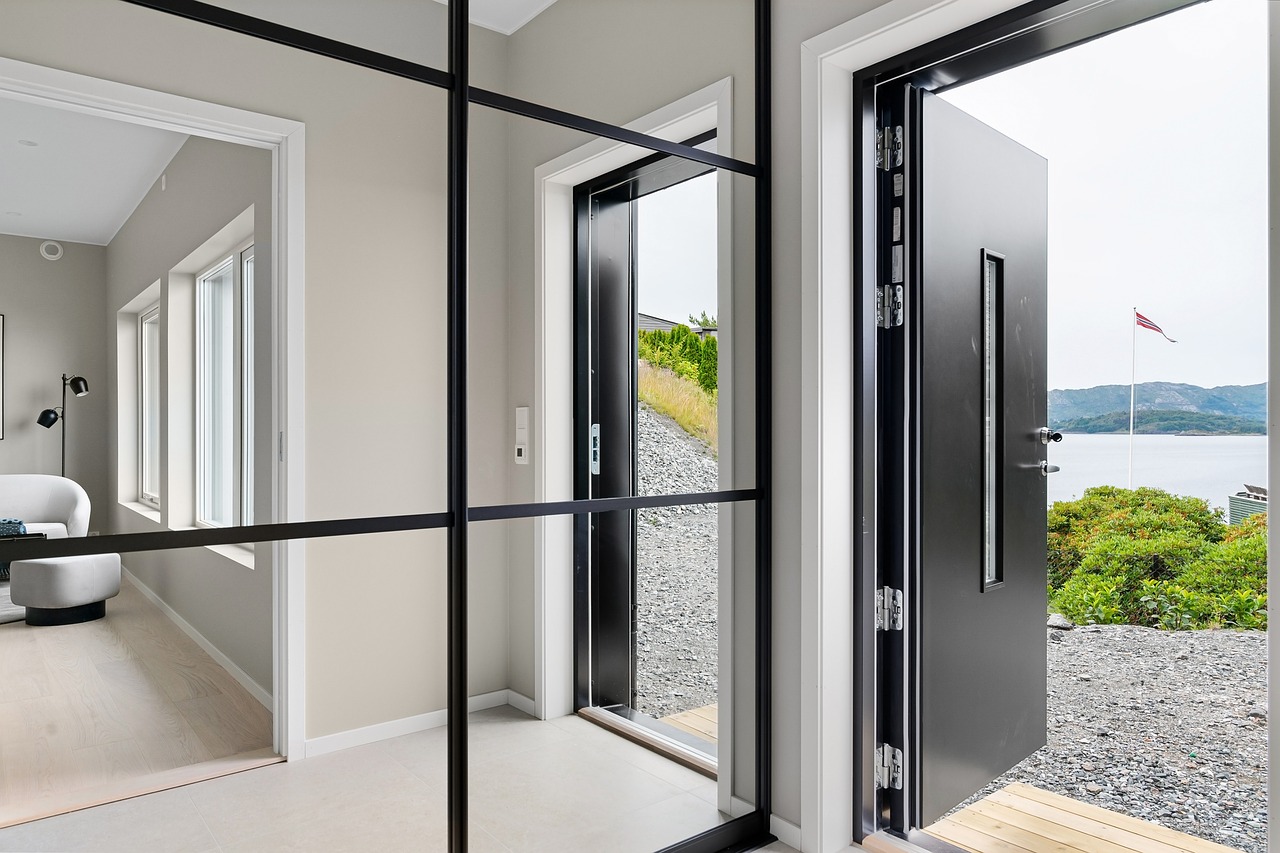Designing a Home Office for Data Analysts: All panel 777.com login, Laserbook247, 99exch
all panel 777.com login, laserbook247, 99exch: Designing a Home Office for Data Analysts
When it comes to working from home as a data analyst, having a well-designed home office is crucial for productivity and focus. As someone who spends hours poring over datasets and analyzing information, creating a workspace that is both comfortable and functional is key to your success. Here are some tips on how to design the perfect home office for data analysts.
Choosing the Right Desk and Chair
As a data analyst, you’ll likely be spending a significant amount of time sitting at your desk. Therefore, it’s essential to invest in a high-quality desk and ergonomic chair. Look for a desk that is spacious enough to accommodate your computer, monitor, and any other necessary equipment. A comfortable chair with good lumbar support will help prevent back pain and improve your posture during long hours of work.
Optimizing Lighting
Proper lighting is essential for reducing eye strain and maintaining focus. Position your desk near a window to take advantage of natural light during the day. Additionally, consider investing in a good desk lamp to provide additional lighting when needed. Avoid harsh overhead lighting that can cause glare on your computer screen.
Organizing Your Workspace
Keeping your workspace organized is key to staying productive as a data analyst. Invest in storage solutions such as shelves, filing cabinets, and desk organizers to keep your files, notebooks, and office supplies neatly stored away. A clutter-free workspace will help clear your mind and reduce distractions.
Setting Up Tech Essentials
As a data analyst, your computer setup is crucial to your work. Make sure you have a reliable computer with sufficient memory and processing power to handle large datasets and complex analyses. Consider investing in a second monitor to increase your screen real estate and improve multitasking capabilities. A comfortable keyboard and mouse will also help prevent wrist strain during long hours of typing.
Adding Personal Touches
While functionality is important, don’t forget to add personal touches to your home office. Decorate your workspace with plants, artwork, or photos that inspire you and make you feel comfortable. A touch of greenery can help improve air quality and create a calming environment for focused work.
Creating a Quiet Environment
As a data analyst, you need a quiet environment to concentrate and work efficiently. Consider soundproofing your home office with rugs, curtains, or acoustic panels to reduce noise distractions. Invest in a good pair of noise-canceling headphones to block out any external sounds that may disrupt your focus.
FAQs
Q: Do I need a dedicated office space for working from home as a data analyst?
A: While it’s ideal to have a dedicated home office, any quiet and comfortable space can work as long as it allows you to focus and concentrate on your work.
Q: How can I stay motivated while working from home as a data analyst?
A: Set clear goals for each day, take short breaks to recharge, and stay connected with colleagues and mentors in your field to stay motivated and inspired.
Q: What are some essential tools for data analysts working from home?
A: Essential tools for data analysts working from home include a reliable computer, data visualization software, statistical analysis tools, and a secure internet connection.
In conclusion, designing a home office for data analysts requires careful consideration of both functionality and comfort. By following these tips and creating a workspace tailored to your needs, you can optimize your productivity and achieve success in your work as a data analyst.







